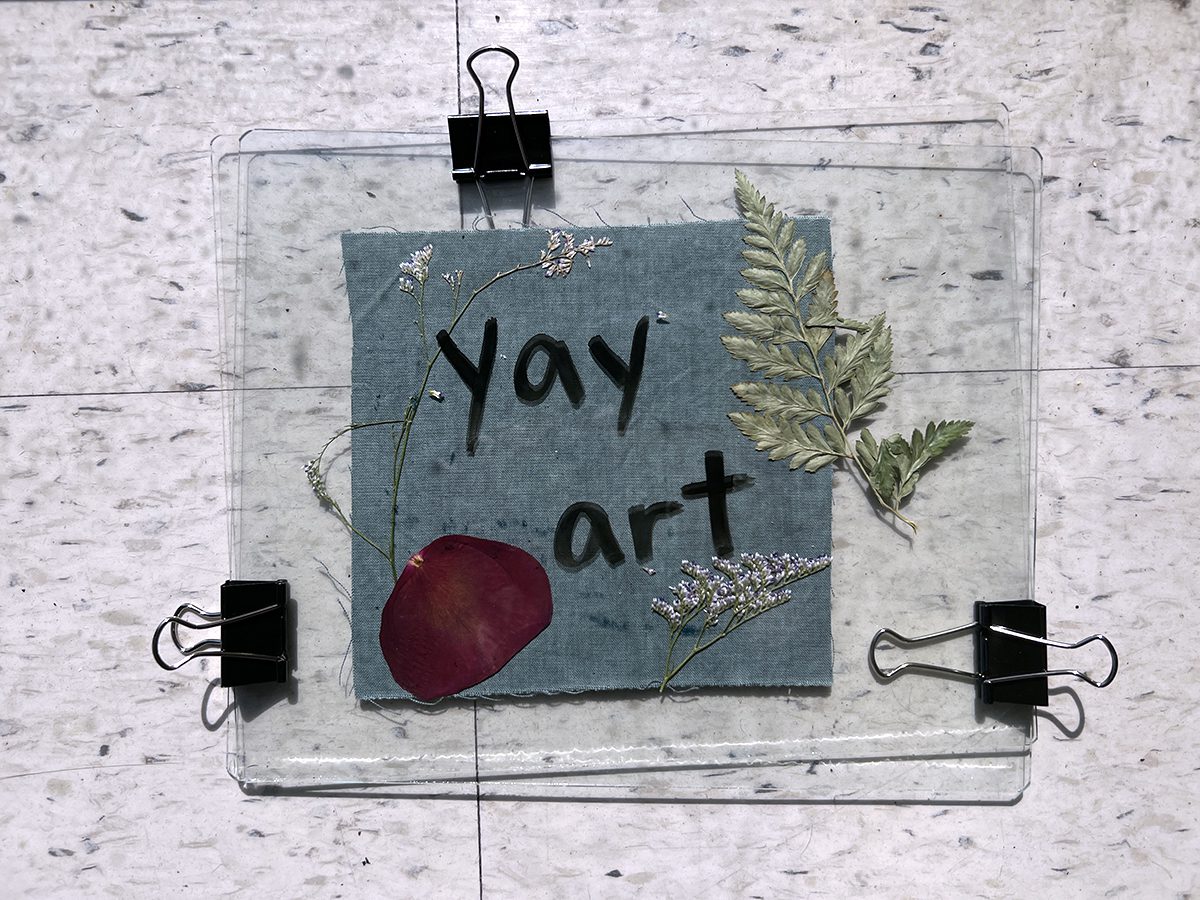Are you a general education teacher thinking about leaping into the world of art education? Or are you a newly crowned art teacher with a non-traditional art background? Taking on this journey requires support and a willingness to embrace a hands-on curriculum. Even if you do not have formal art education training, you can harness your previous classroom experiences in the art room. Entering the world of art education is a colorful journey with endless possibilities!
We asked for your best advice and you delivered! (1, 2, 3) If you’re not already, follow along on social media so you don’t miss the next opportunity to share your wisdom with the art teacher community.
If you’re a general education teacher who made the exciting leap into the art room, keep reading for tips and resources to help ease your transition.
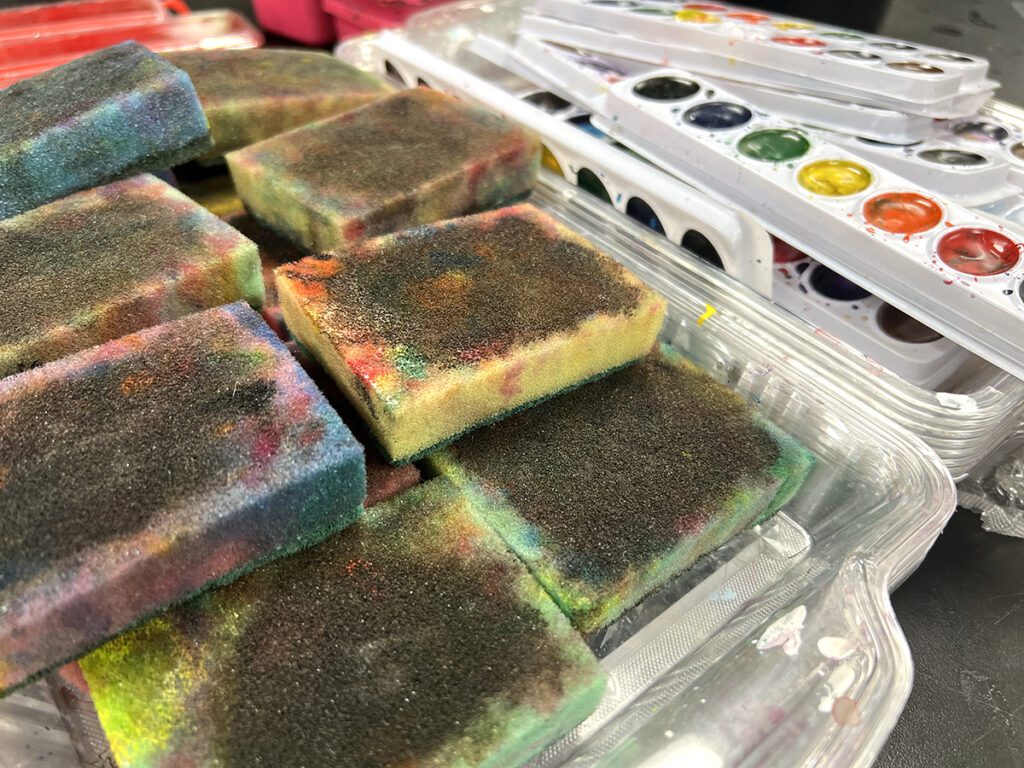
1. Research the requirements to teach art in your state.
Every state’s teaching requirements vary. While some states may not require a specific certification, it’s a good idea to double-check just to be safe. Knowing the requirements will ensure you make sound decisions as you’re getting started.
Check out your state’s requirements!Here are some helpful resources to guide your research:
- Download the K-12 Art Educator Framework.
- Read tips to understand your teaching license.
- Explore accreditation to achieve your professional goals.
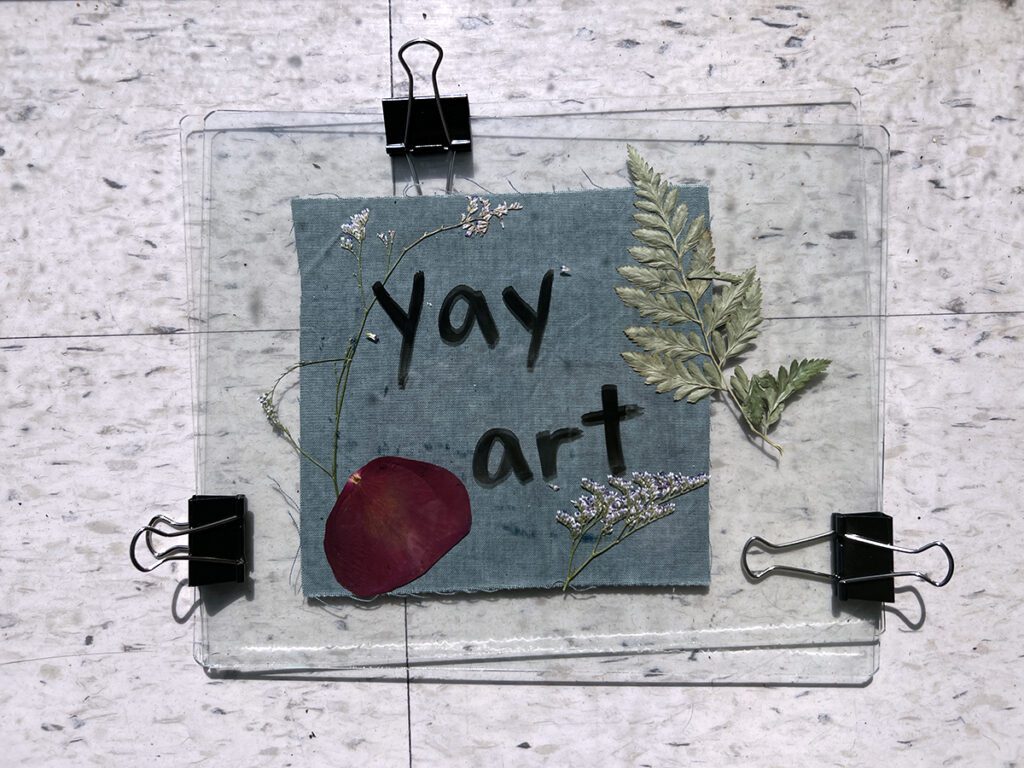
2. Attend conferences to build connections with other art teachers.
Art education conferences offer a variety of workshops and presentations. Plus, the good news is that many districts cover the cost of attending. The most common in-person conferences are national and state, each held once a year. If you’re looking for a virtual option, sign up for the next NOW Conference, held twice a year. Conferences highlight the latest art room teaching strategies and art techniques. It’s also a great opportunity to meet other art teachers of all experience levels! Use these connections to begin building a network of support and collaboration.
Learn more about the art education conference experience with the links below:
- Read why you should go to a conference.
- Discover what the National Convention is all about.
- Attend the next live NOW Conference.
- Learn how to set goals after a conference.
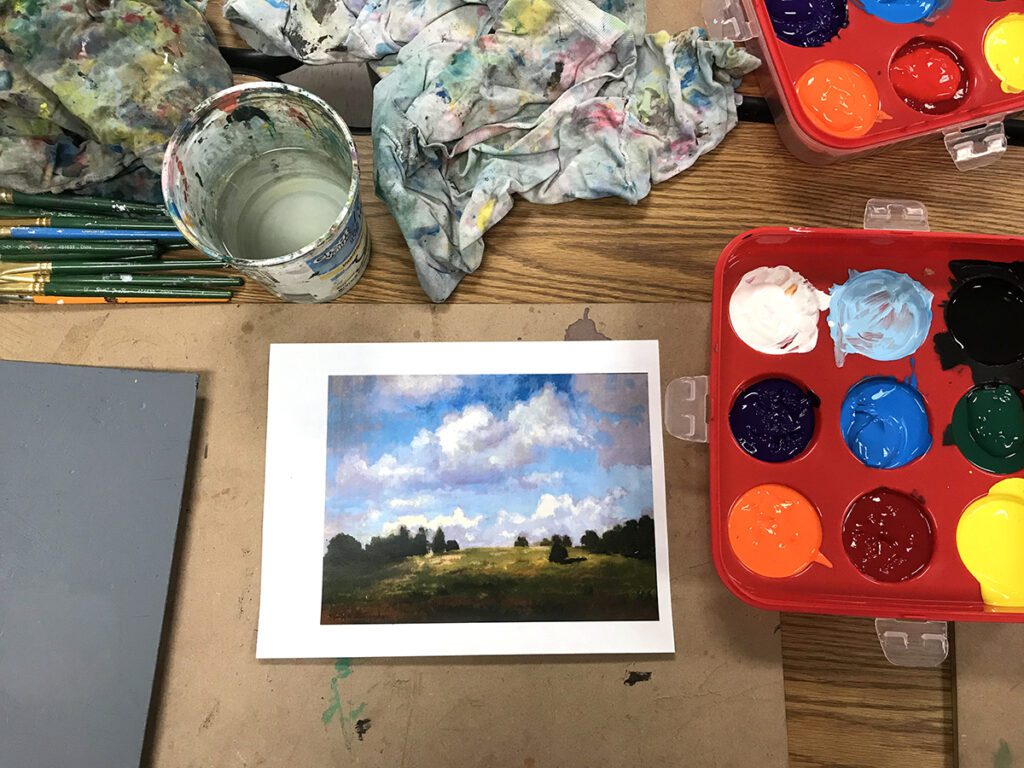
3. Hone in on your artistic skills and embrace your artistic practice.
Using your art skills and getting to make a lot of art is one of the joys of teaching visual art! You get to use your abilities to make examples, demo techniques, and help students improve their art skills. If you are completely new to teaching or making art, consider attending art workshops or classes to gain confidence with the content you teach. Set aside time each week to practice and create. The best way to learn when it comes to art is to dive in and explore without the pressure of completing anything.
Here are some ways to ignite your creative side:
- Designate a personal studio space.
- Follow along with an Instagram Live Make Art With Me.
- Watch a medium-specific Pack in PRO Learning such as Drawing the Human Form.
- Enroll in a studio course.
- Register for a workshop at your local library.
- Visit the next First Friday.
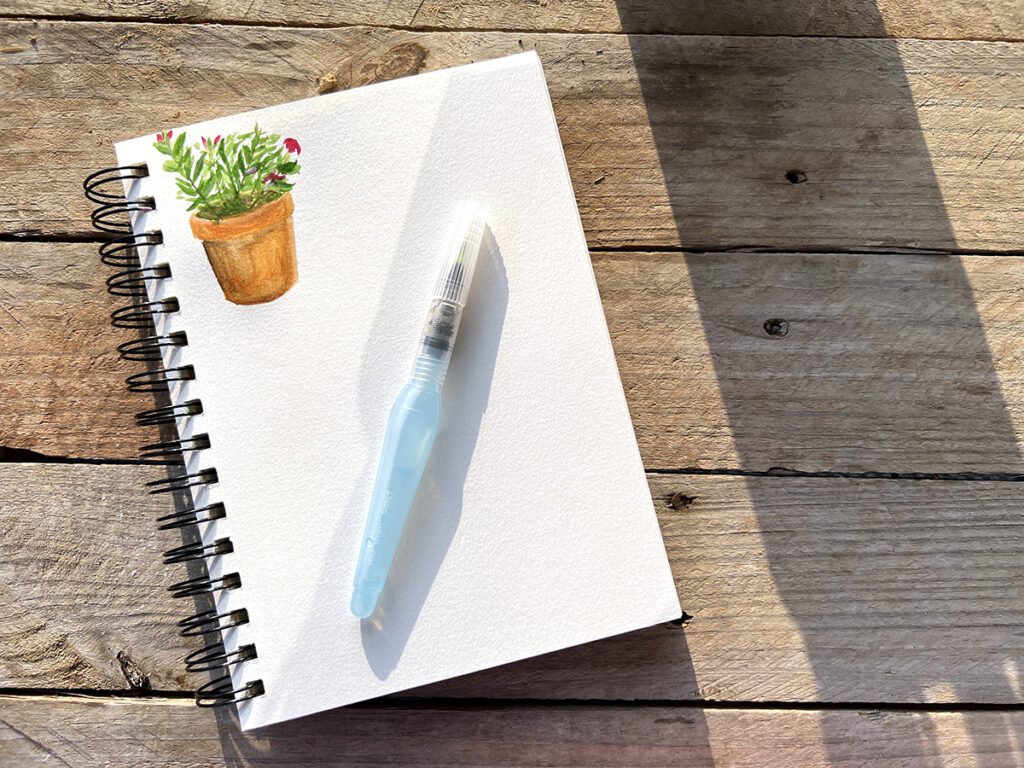
4. Develop your portfolio through community outreach.
A portfolio is any body of work and can be student work or your own. Often, your principal or art supervisor will want to see both! A collection of student artwork showcases your art teaching skills. Documentation of your personal artwork shows your passion and specific skill sets. This can be a physical binder or a digital website or presentation. If you’re not in the art room yet or the portfolio concept is new to you, there are still many ways to build a portfolio.
Gain student work for your portfolio with these methods:
- Host an art summer camp or teach at an existing one.
- Lead a kids’ artmaking workshop at your local library.
- Set up an after-school art program or Art Club.
Remember to take tons of photos and videos of students working and their completed artwork! You can also include photos of how you set up the artmaking space and displayed student work. Be sure to follow your organization’s guidelines for permissions around sharing students and their work.
Compile personal artwork for your portfolio with the ideas in the previous section. Experiment with a variety of mediums and subject matter. Teaching art requires a vast repertoire of skills and knowledge so it’s good to dabble in a bit of everything. Document your process and artwork for your portfolio.
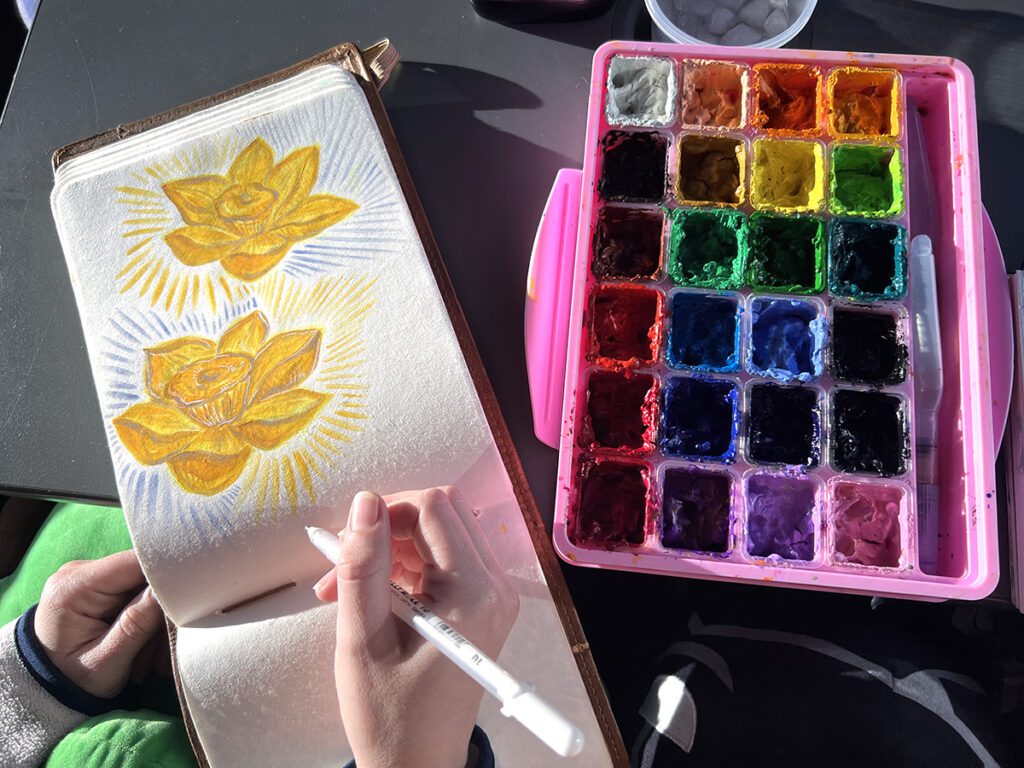
5. Understand the unique challenges of classroom management in the art room.
Art rooms are unique! They are often more complex than other content areas because of the sheer amount of supplies, tools, and processes. Although managing an art room well requires extra considerations, there are many aspects that can carry over from a general education classroom. Setting and consistently reinforcing clear expectations and routines is key to a smooth class period. Plus, building relationships with students is vital to a classroom culture of respect and cultivating a safe space. Take a look at the YouTube mini-series below, Run the Art Room, as Keisha Casiano equips you with tips and tricks to add to your classroom management toolkit.
Discover art-specific classroom management strategies with the resources below:
- Watch a classroom management Pack in PRO Learning.
- Read advice for new art teachers.
- Enroll in Managing the Art Room.
6. Learn from experienced art teachers.
The best way to get better at teaching is to see other veteran art teachers in action. Take the novel things you notice and apply them to your classroom and teaching practice. It’s a process of trial and error; if it works, keep it, and if it bombs, tweak it or try something else. Remember that what works well for one teacher may not transfer well to another situation. If you are the only art teacher in your building or district, or you want to branch out beyond the networks you already have, watch the YouTube series, A Day in the Life of an Art Teacher to “virtually” observe other teachers across the globe!
Take a look at some other ways to connect with veteran art teachers:
- Join online communities and social media groups for art teachers.
- Follow AOEU on social media.
- Connect with museum educators.
- Read advice from veteran art teachers.
- Become a member of your local art education association.
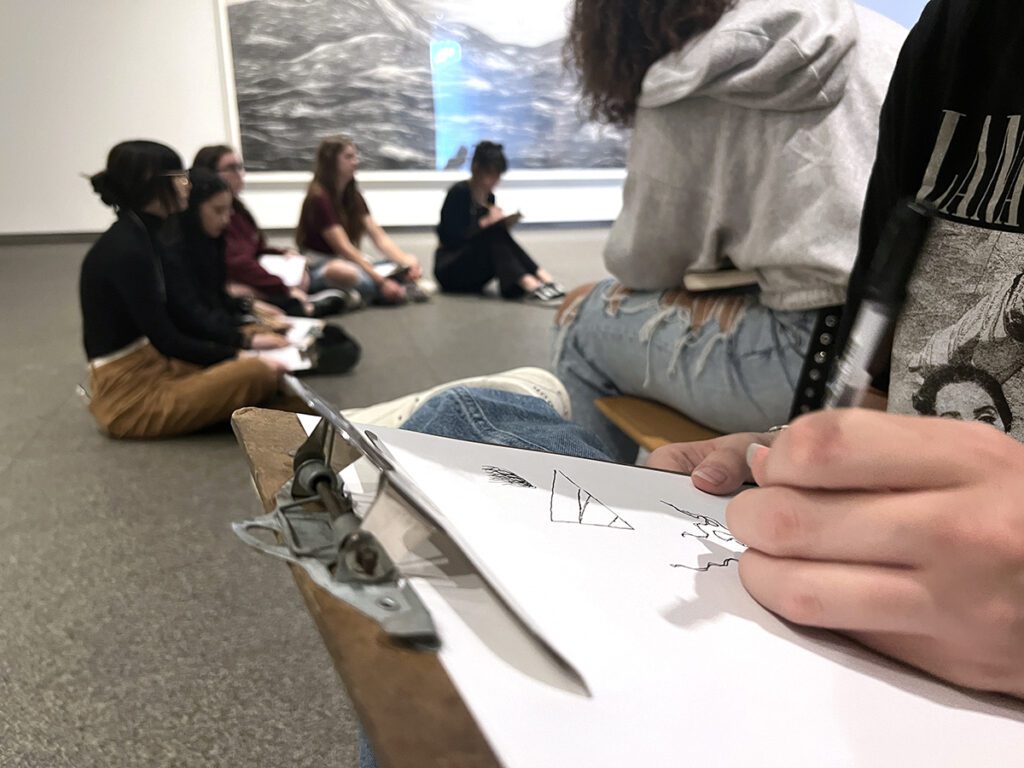
Finding certification requirements, learning art techniques, and establishing new networks are not for the faint of heart. Use your prior knowledge and these tips to start your new creative journey strong! Teaching art has many unique challenges when it comes to classroom management, so sit back and relax by making a lot of art with your students. Enjoy having a job where you can exercise your creative muscles in new ways every single day! Use this time to hone your artistic skills, practice, and develop a portfolio. Before you know it, you’ll be the seasoned pro the next general education teacher comes to for advice about transitioning to the art room.
If you’re eager to learn more, check out these additional resources as you make the leap into the art room:
- Getting Hired as an Art Educator (Ep. 226)
- The Art Teacher’s Ultimate Guide to Getting Hired
- How to Be the Strongest Applicant for a New Art Teacher Job
- Advice for a Strong Start in Art Education as a Second Career
What advice do you have for general education teachers going into art education?
How did your classroom management techniques from the general education classroom transfer to the art room?
Magazine articles and podcasts are opinions of professional education contributors and do not necessarily represent the position of the Art of Education University (AOEU) or its academic offerings. Contributors use terms in the way they are most often talked about in the scope of their educational experiences.
